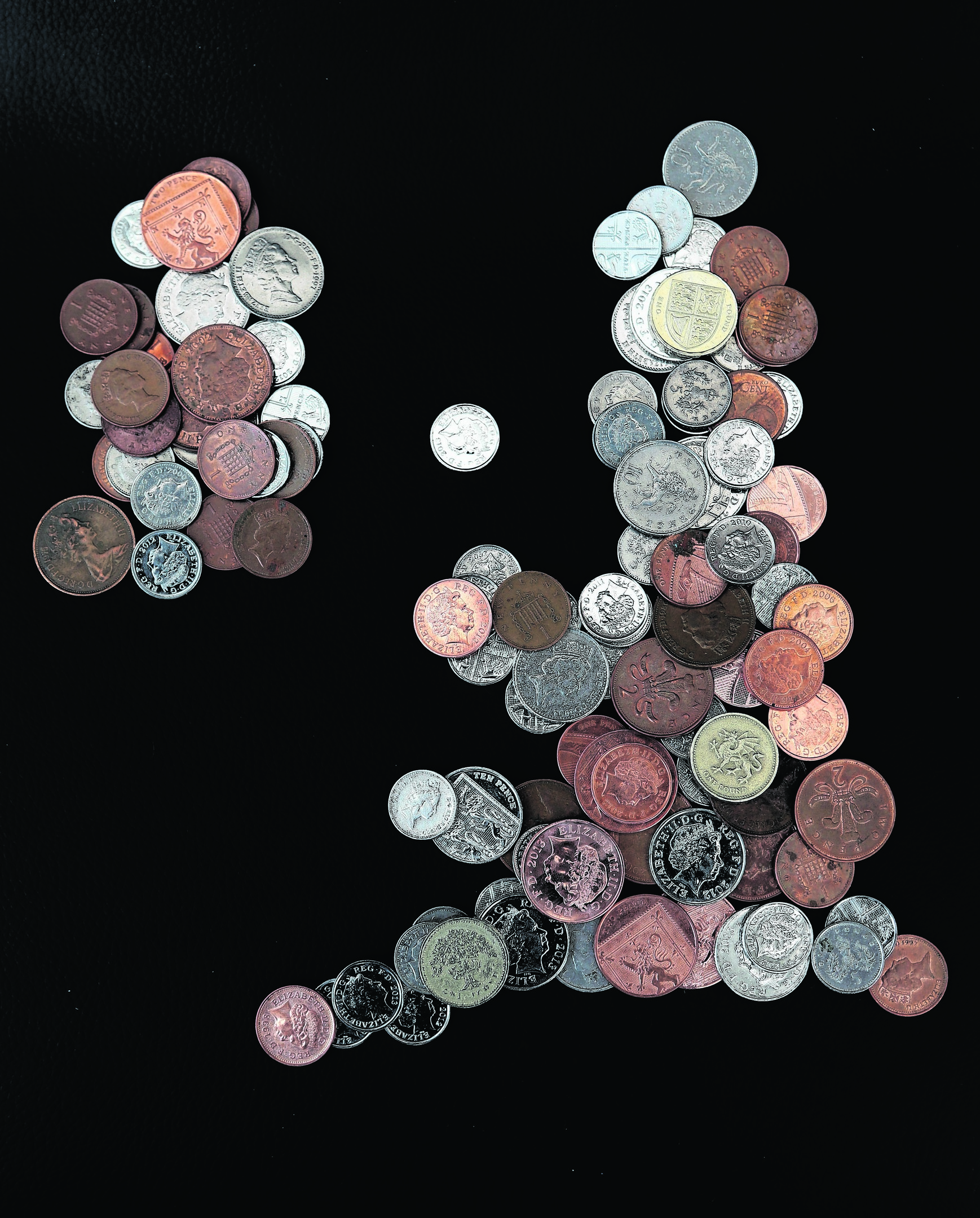Currency has become one of the defining issues of Scotland’s historic independence debate. Calum Ross investigates the truth behind the claims and counterclaims
It is with good reason that the cornerstone of the No campaign has been to relentlessly cast doubt over Scotland’s post-independence currency.
While the fate of shipyard jobs, pensions, Trident or the “bedroom tax” may determine votes in subsections of the electorate, the only issue that affects everyone is money.
Almost every high-profile pro-UK intervention from the business community – from BP chief executive Bob Dudley to Standard Life – has raised concerns about currency.
In a key moment in the campaign, Chancellor George Osborne formally ruled out a currency union between an independent Scotland and the rest of the UK in February, saying: “If Scotland walks away from the UK, it walks away from the pound.”
However, the move was widely viewed as the reason behind a subsequent boost to the Yes poll ratings, proving that the currency issue is far from black and white.
Nevertheless, Better Together’s Alistair Darling focused again on the subject during the first televised leaders’ debate, leaving the SNP’s Alex Salmond under pressure over his currency “plan B”.
Interestingly, it is unlikely that currency would have been a key issue if the referendum was held seven years ago, when the Euro offered a readymade solution.
But the Eurozone crisis means joining the single currency is now the most unpalatable option politically.
The near collapse of Scotland’s banks in the 2008 crash has also affected the debate, creating doubts about what would happen without a Treasury bail-out.
Another headache for the Yes camp is that many in its ranks – such as Green MSP Patrick Harvie and former Labour MP Dennis Canavan – want Scotland to create its own currency, not a sterling union.
But for wavering voters, the currency debate has often become just another frustrating example of politicians not providing the information they need.
Ask Mr Salmond what would happen and he says a currency union is not in doubt. Ask Mr Darling and he says the exact opposite.
It is not possible for both to be right, and the truth is probably that neither are.
Priorities change rapidly in politics, and there is no certainty over which Westminster politicians would be making the decision on such a union, or what the public and business mood would be in the rest of the UK.
One recent poll found that people south of the border would prefer a currency union with Scotland, but another indicated the opposite.
And then there was the intervention in March of an unnamed UK minister who reportedly said: “Of course there would be a currency union”.
Equally, the Yes side can not simply assert that there would be such a union. It is not in its gift and therefore uncertain, at the very least.
Behind the scenes, the Scottish Government will also without doubt have a plan B, and probably C and D as well, which it is not articulating.
Andrew Wilson, a former SNP MSP who remains a leading thinker in the movement, explained the reason.
“When Labour made the Bank of England independent it didn’t even put Plan A in its manifesto, it just did it. There was a reason for that in the need to avoid market uncertainty and the London parties know that,” he said.
One alternative to a union would be keeping the pound unilaterally, and another would be a new currency. Both are analysed by Professor John Kay on these pages.
For voters, the only certainty is that there will be no certainty over the currency of an independent Scotland when they go to the polls on September 18.
